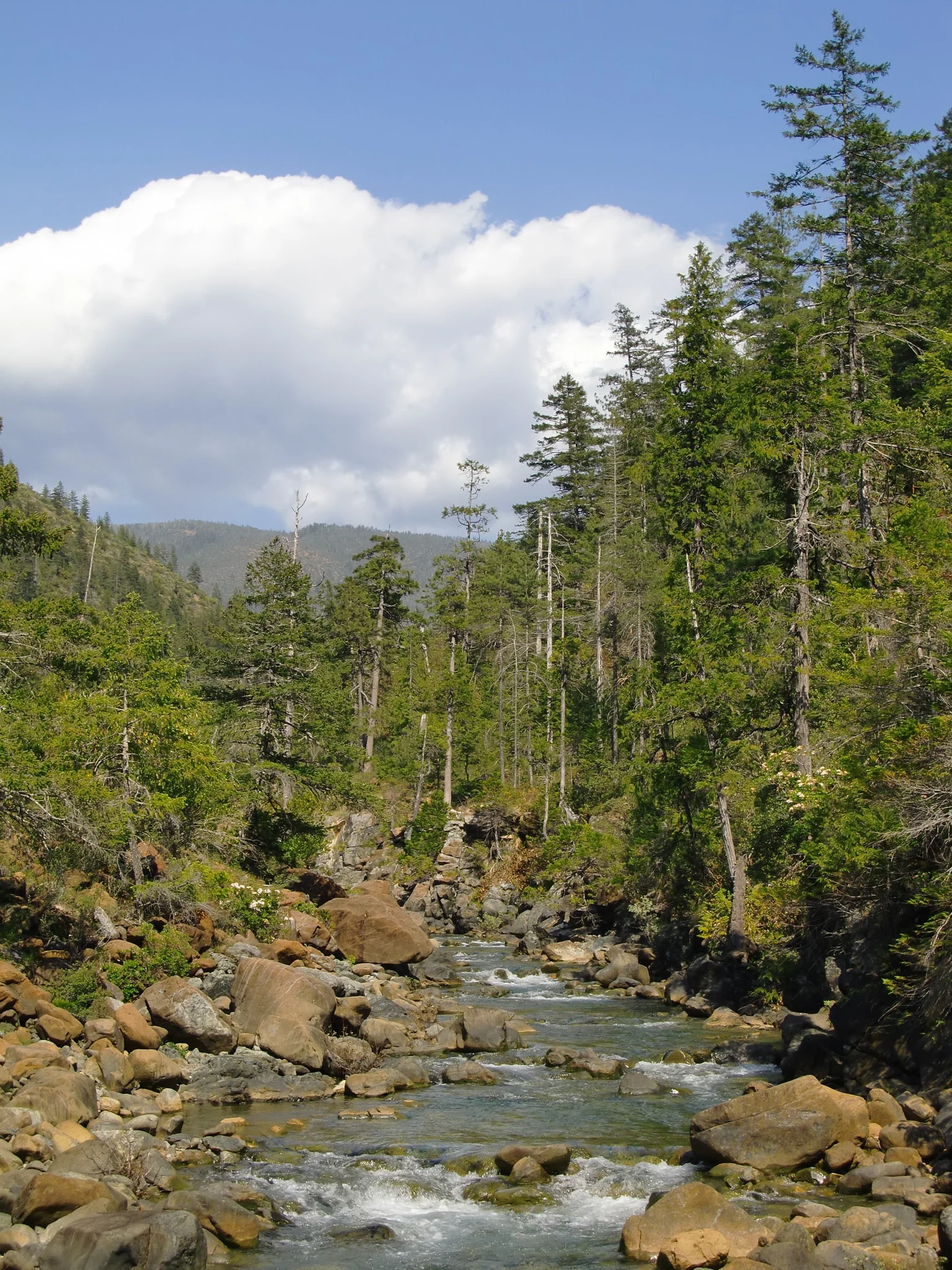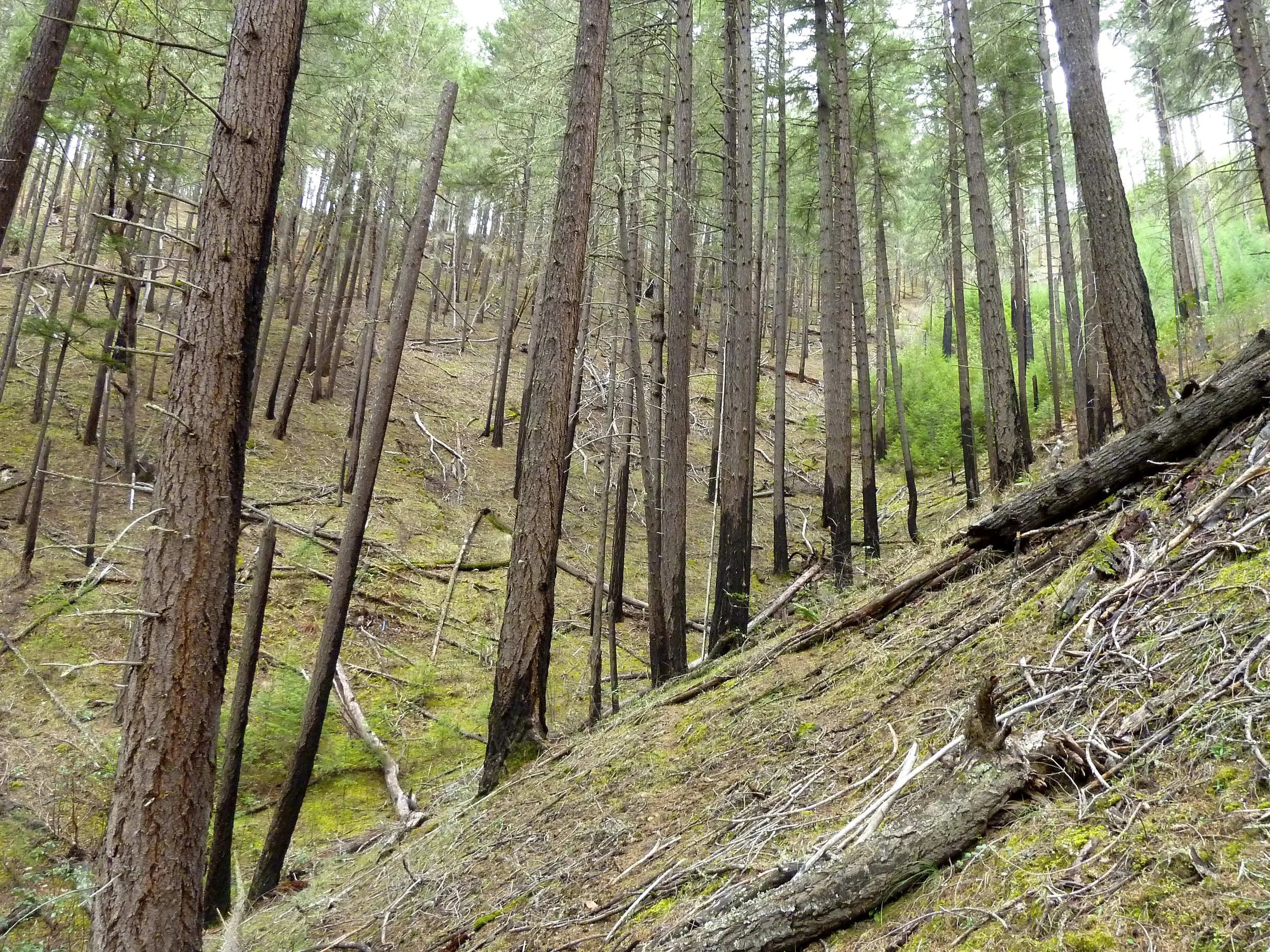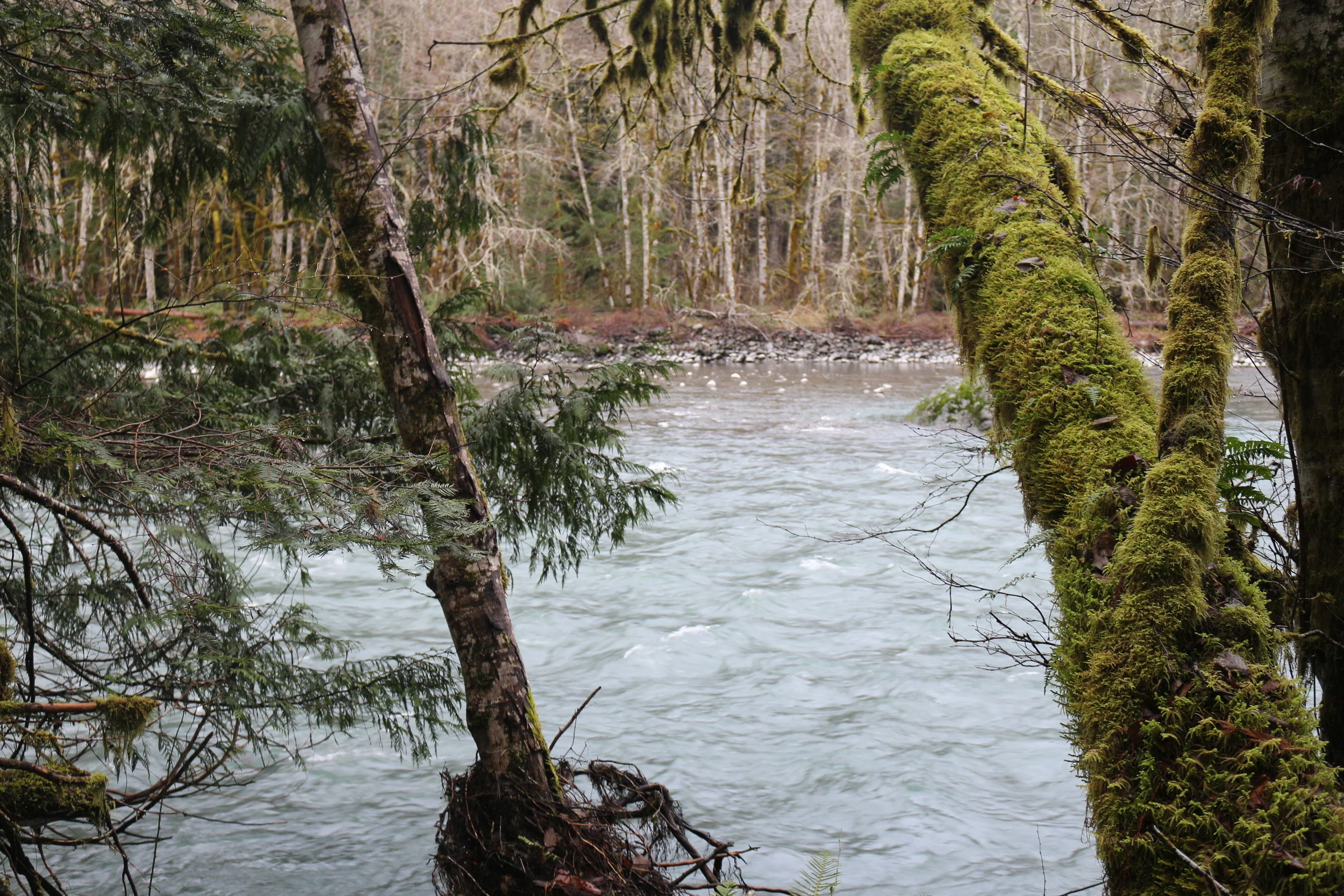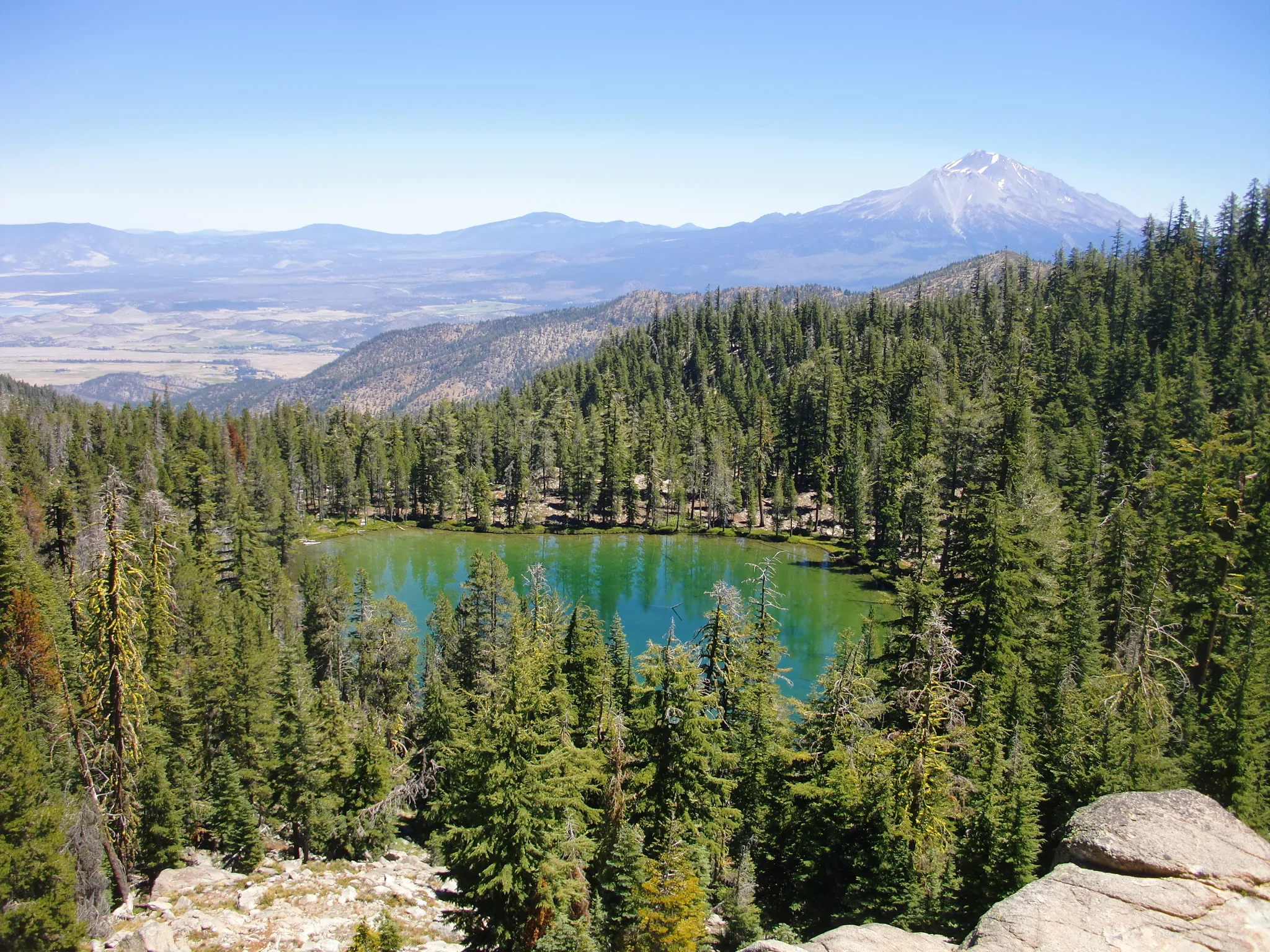Western Oregon’s BLM lands support salmon, steelhead, and wildlife while delivering clean water and recreational values to the public. These forests are source-drinking watersheds for hun-dreds of thousands of Oregonians, they sequester large amounts of carbon, and they provide crucial ecological functions. The natural amenities found on these public lands are highly valued and sought after, from local residents to tourists from around the world.
Read MoreAfter decades of trapping and poisoning, the last wolf in California was shot in 1924. Since then, roads and highways were built and huge tracts of forest have been converted to industrial tree farms. Today, the wolf re-enters a landscape filled with strip-malls, subdivisions, climatic shifts and severe drought. It will take work with residents in areas where wolves migrate to ensure co-existence.
Read MoreRetaining trees in streamside areas is incredibly important to keeping streams cool and water clean. A healthy riparian buffer where logging is limited adjacent to streams serves a number of important functions. The shade from trees prevents the water from getting warmer, something that will be more and more important in the face of climate change.
Read MoreRogue Riverkeeper and our allies have been fighting the proposal for a gas pipeline, power plant, and export terminal through southern Oregon for years. This dangerous and unnecessary project threatens private property owners with eminent domain, will impact dozens of threatened and endangered species, will clear-cut a 95 foot swath for 235 miles, will raise our gas rates here at home, and accelerate climate change.
Read MoreThe forests of the Klamath-Siskiyou Mountains are dependent upon fire. For millennia, lightning storms have ignited blazes that sparked the unique plant communities, tree composition and biodiversity that define the region. Our forests are evolved to accommodate the regenerative force of fire.
Read MoreThe Klamath-Siskiyou region is home to the largest expanse of wildlands on the West Coast. Some of these pristine wild areas are protected under the Wilderness Act as Wilderness Areas, but many other wilderness-quality lands are unprotected and face a variety of threats including logging, road-building, over-grazing, and irresponsible off-road vehicle use.
Read MoreRogue Riverkeeper has monitored local streams for fecal bacteria, turbidity, pH, temperature, and conductivity with a number of great partners throughout our region. Our past efforts have documented steadily declining water quality throughout the Little Butte Creek watershed, improving water quality on Evans Creek, and highlighted the source of pollution on Ashland Creek so that steps could be taken to improve the situation.
Read MoreThe mountains of the Kalmiopsis emerged from the ocean floor as result of geological uplift (rather than volcanism) and have been subject to folding and faulting ever since. As a result, the unique soils are packed with heavy metals including nickel, iron, chromium, and magnesium that make life hard for most plant life. To survive in this environment plants have had to evolve and adapt to get by in circumstances that would normally kill most flowering species. More than any other wilderness in the region, the Kalmiopsis is the home of oddball survivors.
Read MoreBut what is more important is that wilderness offers something more than just its value to humanity. In wilderness is the essence of all life; it is where complex biological systems continue to function in ways that humans are only beginning to understand. Saving the remaining pieces of wild nature is part of our duty to ourselves, our children, and for all life on the planet.
Read MoreThe public lands in the Smith River Watershed are legendary for their unique botanical diver- sity and for providing clear, cold water to the largest un-damned river system on the West Coast. It is a stunning and spectacular part of America’s natural heritage that is literally like nowhere else on Earth.
Read MoreGood news for wolves! The Oregon Department of Fish and Wildlife reported in June that Wolf OR-7 and his mate have at least two pups, seen peeking out from a log to the right. While OR-7’s female companion is not as well known, her untold story is just as miraculous.
Read More










